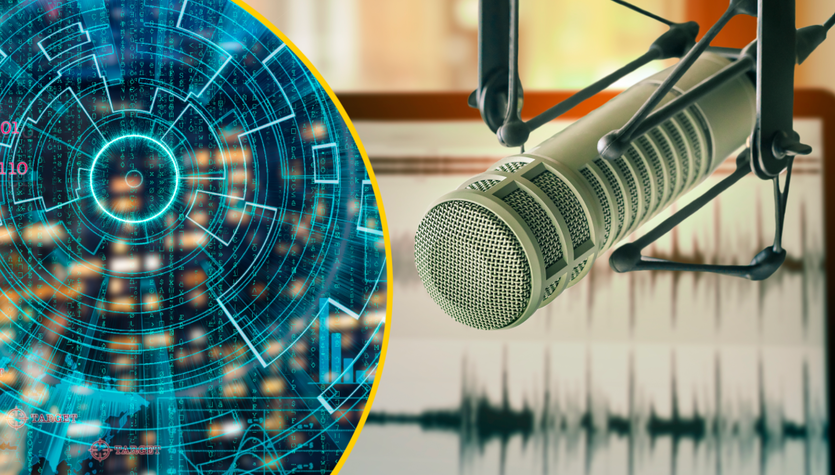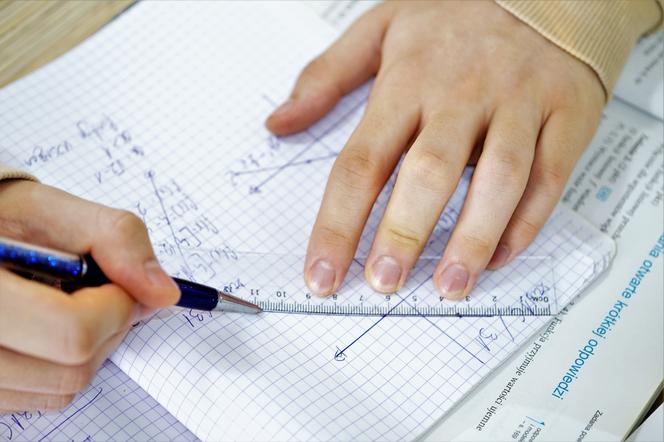The first Polish synthetic fuel synthesis device is being manufactured at the Warsaw University of Technology. The gas will be produced from carbon dioxide and water, which can be converted into fuels that are not contaminated with sulfur compounds, nitrogen oxides or fine particulate matter – that is, those that can be used after 2035.

They made … soap out of plastic. A unique find by American scientists
Researchers at Virginia State University and Virginia Tech have discovered a way to convert polyethylene into fatty acids, …
See more
High-quality syngas will be produced in a so-called co-electrolysis MCE (molten carbonate electrolysis), as part of a carbon fuel cell technology developed at Warsaw University of Technology (WUT). The results of the project are to increase the share of renewable sources in energy production and reduce carbon dioxide emissions from the energy sector.
This technology allows fuel to be produced in an emission-free manner and could be of great importance in the context of the European Union’s ban on the sale of combustion vehicles after 2035.
Molten carbonate fuel cells
According to the university, a team of scientists from the College of Energy and Aerospace Engineering has been working on molten carbon fuel cells (MCFCs) for years. Researchers can manufacture and discard cells for reuse and mass production using printing methods. They also improve their structure.
The researchers started with a single cell and are currently working on a stack of fuel cells connected in series – on the COYOTE project, led by Dr Eng. Arkadiusz Szczesniak.
Also read: Prohibition of the sale of internal combustion vehicles. It is the final decision of the European Union
As the scientist mentions, as part of the “TENNESSEE” project carried out with the Tauron company, a team from the Warsaw University of Technology built a device for the power plant in Łaziska Górne. In it, he used cells to capture carbon dioxide from exhaust gases, which allowed for improved operating parameters for power-to-gas synthesis.
Ariel will observe 1,000 planets. Participation of the Poles in an important project
ARIEL, the European Space Agency’s (ESA) next-generation mission, has successfully passed its initial design review. Starting task…
See more
“When we developed carbonate fuel cells on a pre-commercial scale, we found that the next application of our technology could be to make fuel directly from water, carbon dioxide and electricity. Until now, we’ve worked with cells where we supplied hydrogen and electricity. We wanted to test whether the cell itself, After some modifications, it can work in the opposite direction, that is, we supply steam and carbon dioxide and receive fuel,” says Dr. Ng. Arkadiusz Szczęśniak, quoted on the university website.
Scientists confirmed such a procedure and decided to repeat this solution, but not on the scale of a single cell, but by creating a stack of cells connected in series.
In models, through simulations, scientists will study how this group will behave. Then they build all the external stuff, then add the active stuff and run the tests.
The final stage will be preparing documentation on how to do this on a larger scale. The researchers explained the working principle of the futuristic device in a press release.
We have stored and separated carbon dioxide and water vapor. This mixture is injected into an electrolyzer powered by electricity from a renewable source (such as solar energy), which converts water into hydrogen and carbon dioxide into carbon monoxide, which can be further used in fuel synthesis reactions,” explains one of the team members MSc M. Alexander Marcinchik.
Scientists: People exposed to lead are statistically more likely to commit crimes
A study showed that excessive exposure to lead in childhood was associated with a greater likelihood of committing a crime later in life.
See more
The concept he implemented, Hyflow for short, ranked third in the Tech-Athon organized at the Warsaw University of Technology.
Combined electrolysis is the first stage of fuel manufacturing. Another is to direct the produced gas to the Fischer-Tropsch reactor. “The MCE combined electrolyzer that we are building is an essential device. Highflo is the next step,” explains Dr. M. Arkadiusz Szczesniak.
The COYOTE project has been running since June 2023 and will run for three years. The device is also powered by: mgr inż. Aleksandr Martsinchik, MA. Olaf Debinski, MA. M. Pavel Shuhayu, a. Dr. Hap. M. Jaroslav Milewski, Ph.D. Jacob Skipinsky and Dr. M. Camille Fotima. Dr.. Szcześniak will receive support from the LIDER 13 program of the National Research and Development Center.
See also: Car exhaust fumes are harmful to your health. It may be associated with multiple diseases
At the same time, scientists are looking for other solutions that can improve the operation of the device. In the “Young PW” competition implemented as part of the IDUB program, they have been awarded three grants for cell-related projects. One for the same device as the electrolyzer, only working under pressure.
On another MSc project. Olaf Dybiski has demonstrated the possibility of using alcohol-based liquid biofuels to power an MCFC fuel cell. This solution provides a very high energy density.
door
#fuel
# Warsaw University of Technology
# foam

Echo Richards embodies a personality that is a delightful contradiction: a humble musicaholic who never brags about her expansive knowledge of both classic and contemporary tunes. Infuriatingly modest, one would never know from a mere conversation how deeply entrenched she is in the world of music. This passion seamlessly translates into her problem-solving skills, with Echo often drawing inspiration from melodies and rhythms. A voracious reader, she dives deep into literature, using stories to influence her own hardcore writing. Her spirited advocacy for alcohol isn’t about mere indulgence, but about celebrating life’s poignant moments.














